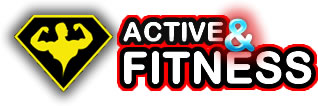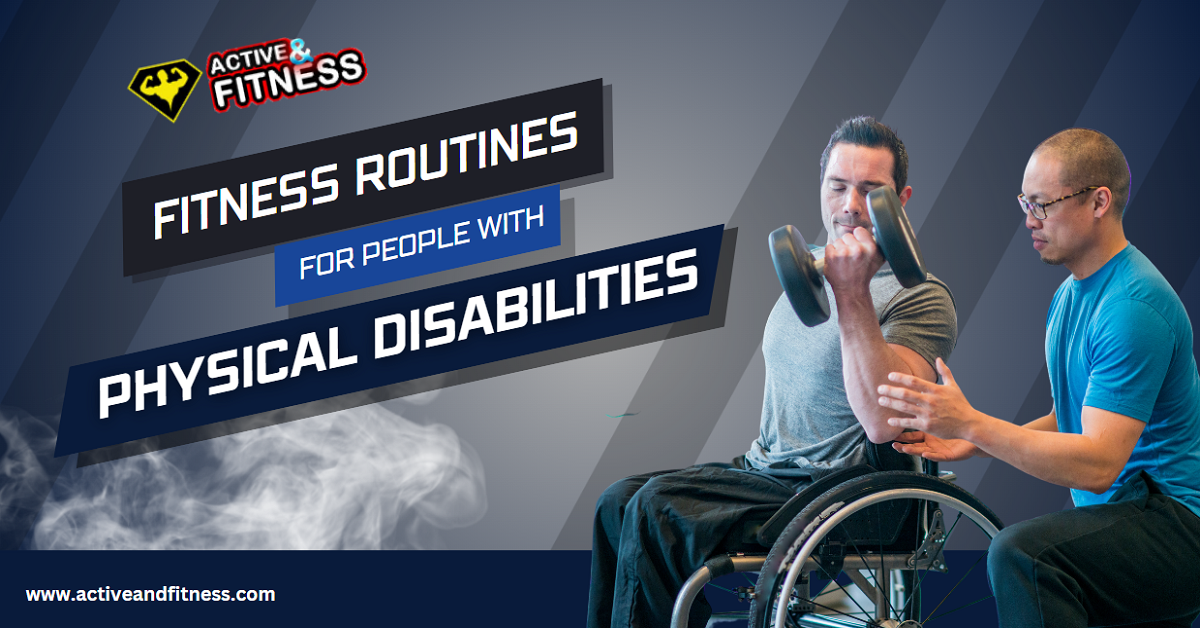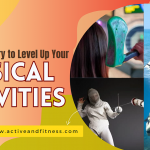Physical fitness is not limited by ability but a journey of embracing abilities and overcoming challenges. For individuals with physical disabilities, fitness routines are not just about staying active; they are a powerful means of empowerment, building strength, and boosting self-confidence. Below are fitness routines tailored to accommodate diverse physical abilities, proving everyone can lead a healthy and active lifestyle.
Adaptive Yoga
Yoga is a versatile and accessible fitness routine that can be adapted to suit various physical disabilities. With the guidance of trained instructors, individuals with mobility limitations can practice yoga poses using supportive props or even from a seated position. Adaptive yoga focuses on breathing techniques, meditation, and gentle movements, promoting physical and mental well-being.
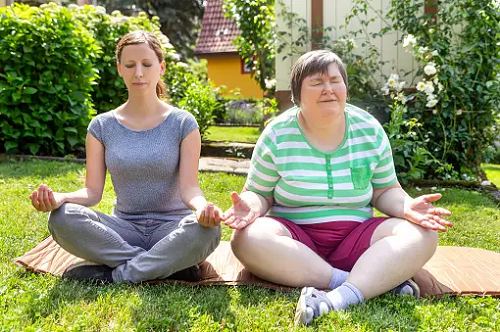
Wheelchair Sports
Wheelchair sports are a fantastic way for people with physical disabilities to engage in team activities and experience the thrill of competition. A vast array of sports awaits, encompassing wheelchair basketball and rugby, as well as tennis and racing. Wheelchair sports not only improve cardiovascular health and strength but also foster a sense of camaraderie and community.

Water Workouts
Aquatic exercises provide a low-impact option for individuals with physical disabilities. Swimming or participating in water aerobics classes can improve muscle strength, flexibility, and cardiovascular endurance. The buoyancy of water reduces the stress on joints, making it an ideal environment for individuals with mobility challenges.
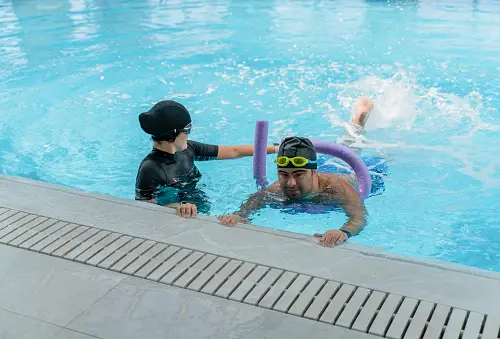
Resistance Training
Resistance training is beneficial for building muscle strength, improving bone density, and enhancing overall physical performance. Individuals with physical disabilities can perform resistance exercises using resistance bands, free weights, or even their body weight. Personalized workout plans can target specific muscle groups while considering the individual’s unique abilities.

Seated Cardio Workouts
Seated cardio workouts provide a highly efficient means for individuals with limited mobility or balance challenges to elevate their heart rate. Seated exercises, such as arm cycling or stationary hand cycling, can be performed with varying intensity levels to suit individual fitness goals.
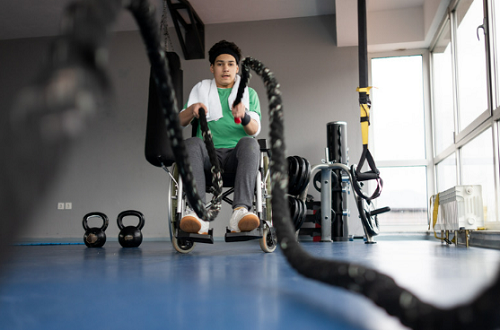
Adaptive Dance
Dance is an expression of joy and creativity that knows no boundaries. Adaptive dance classes cater to individuals with physical disabilities, offering modified dance routines and movements. From ballet and contemporary to salsa and hip-hop, adaptive dance allows individuals to explore their artistic side while improving coordination and flexibility.
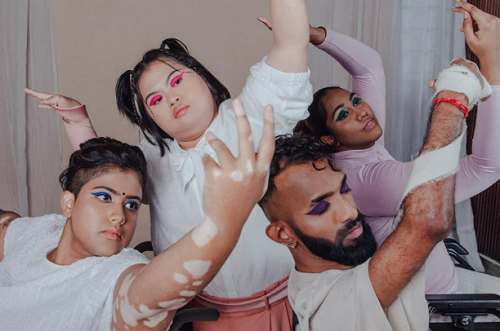
Tai Chi
Tai Chi is a gentle martial art known for its flowing movements and meditative qualities. It can be adapted for individuals with physical disabilities by focusing on seated or slow, controlled standing movements. Tai Chi promotes balance, relaxation, and mental clarity, making it an excellent choice for people of all abilities.

Conclusion
Fitness is not defined by physical limitations; it is about embracing abilities and finding the proper routine that suits individual needs and goals. For people with physical disabilities, the world of fitness offers a diverse array of empowering options. From adaptive yoga and wheelchair sports to resistance training and seated cardio, each routine can be customized to accommodate different abilities and help individuals lead a healthy and active lifestyle. Remember, the key to successful fitness routines is to work with trained instructors or fitness professionals who understand each individual’s unique challenges and possibilities.
